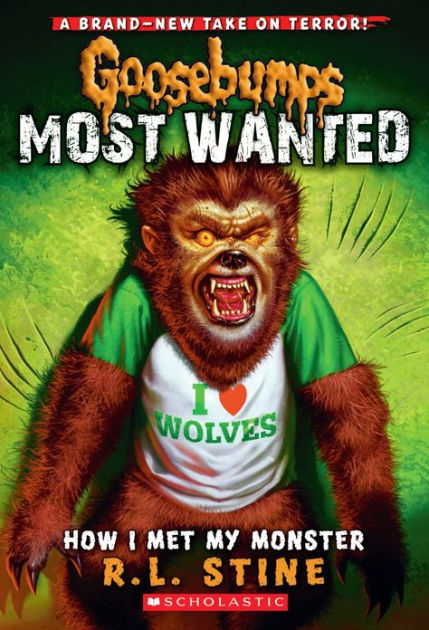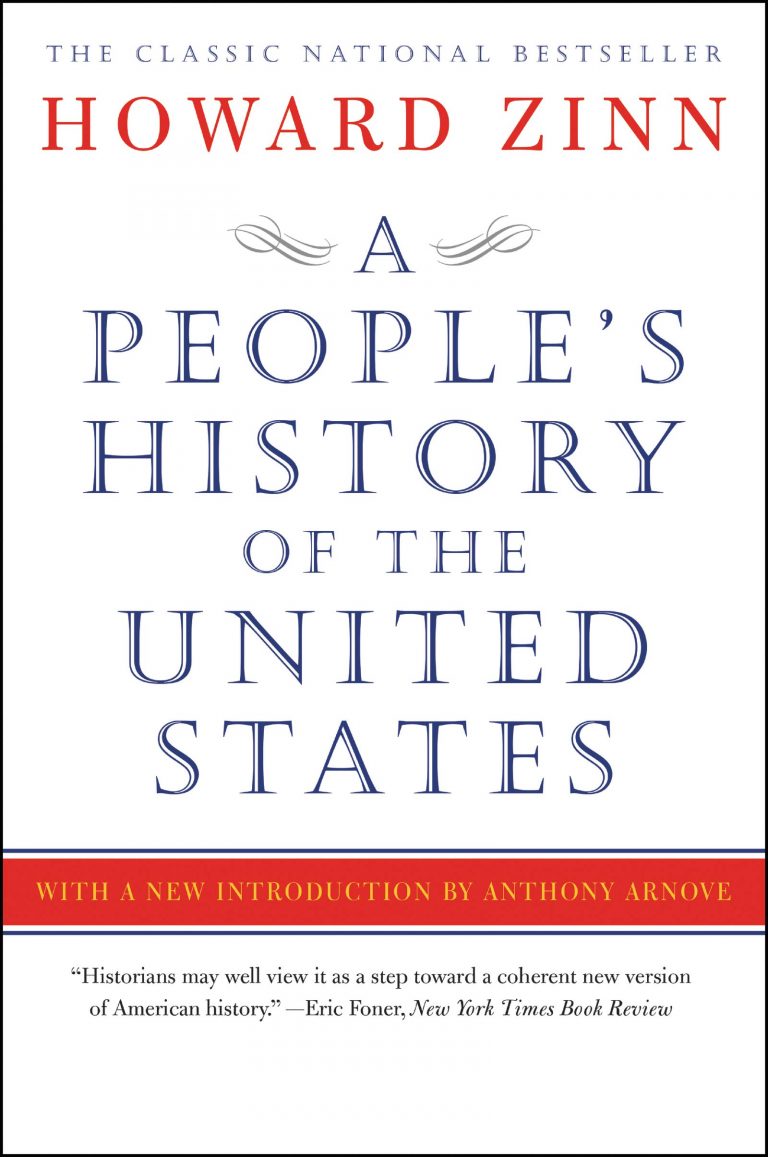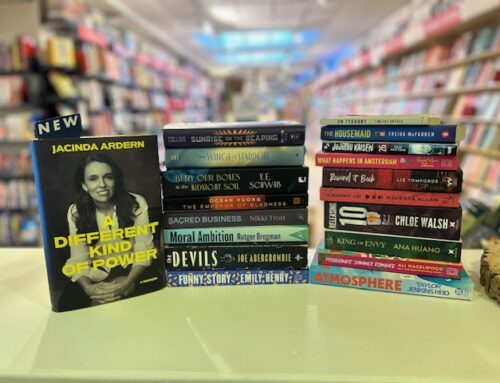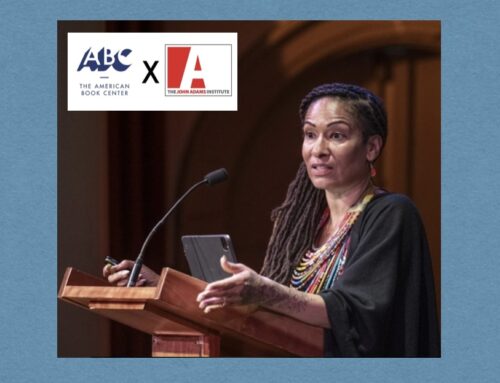written by Lauren
Book banning in the US is on the rise. According to PEN America’s Index of School Book Bans, there were 2,532 book-banning incidents concerning 1,648 titles in the US from July 2021 to June 2022—almost half of them young adult books. The most banned books by far contain LGBTQ+ content (41%) and feature People of Color (40%). Race-related and sexual content also feature prominently. Even Pulitzer and Nobel Prize-winning author Toni Morrison wasn’t spared, with her The Bluest Eye making the top 10 on most lists of banned books, including the American Library Association’s (ALA) 2021 list.
During one week every September, this troubling ongoing trend is highlighted during Banned Books Week (September 18 – 24), which has been promoting the freedom to read and access to information since 1982. To do our part, ABC will stock our shelves with the books some out there want to ban. So ruin a book banners day and join the entire book community — from librarians, booksellers and publishers to journalists, teachers and readers — in supporting the freedom to seek out and express ideas, even those some people consider unorthodox, unpopular or just plain unpleasant. (Read: different.) Here are some of our personal favorites.
Lilia:
Goosebumps series by R.L. Stine
In the Goosebumps series, R.L. Stine presents us with stories full of mystery, fantasy and just a little bit of violence, making us aware of how children interpret what, for us adults, are very innocent situations. Apparently full of offensive language and violence, the books transport us to a time when we were innocent and everything around us was exciting and new. Most importantly, it makes many American – and foreign – children readers again.
Considered by would-be banners as “too violent for books intended for children up to 12 years old,” it’s actually less violent or terrifying than many Grimm fairy tales. Goosebumps is one of the American Library Association’s Top 100 Banned Books, even though it’s one of the best-selling series ever.
Natalia:
All Boys Aren’t Blue: A Memoir-Manifesto by George M. Johnson
The ALA’s top three banned books of 2021 featured LGBTQ+ content, and Johnson’s (they/them) book is among them, having been removed from many libraries and schools for being sexually explicit and containing graphic queer sex scenes. But I loved this memoir-manifesto because it is an honest portrayal of what it’s like growing up Black and queer and of how Johnson had to navigate themselves in that toxic masculine environment.
Jitse:
Nineteen Eighty-Four by George Orwell
By painting a bleak vision of a future England controlled by the “Big Brother” totalitarian regime, Orwell takes totalitarianism to its most extreme and shows us how power will take over everything—even our most private thoughts. We follow Winston Smith, a Party member who works at the Ministry of Truth, where history is ceaselessly erased and rewritten. Winston rebels against the regime by writing a secret diary with his most private thoughts and starting a forbidden love affair with another Party member. The lovers, ultimately, face the full force of Big Brother.
Nineteen Eighty-Four is one of the best books to help understand the workings of totalitarianism in all its forms. It’s been banned for its political message opposing state control and illustrating the dangers to a free-thinking society. Published in 1949, this book is still relevant today to understand the workings of state-sponsored control, imparting the timely warning not to fall for the traps of extremism that will inevitably lead to humanity’s extinction.
Lynn:
A Wrinkle in Time by Madeleine L’Engle
Although I tried to read the county library’s selection from A-Z over my first years, 1962’s A Wrinkle in Time by Madeleine L’Engle was the first book to blast open my worldview. The push for 1950’s conformity is challenged by characters such as a scientist mother, shape-changing neighbors and empathetic teenage boys. The main character, Meg Murry, feels different in nearly every way. These differences become strong talents as the Murry children and a special schoolmate travel through time to rescue their scientist father, who never returned from a secret mission years before.
The scenic details are delightful and humorous. Eccentricity is accepted in many forms as a matter of course; the power of will and love ring true. As exciting as it was for me in 1962, rereading it 60 years later reveals the deeper layers of this important work. Since winning the Newbury Award in 1963, A Wrinkle in Time has been reprinted 50 times, reassuring and comforting millions of young people in their questioning of the ways of the universe.
A small aside relating to Banned Books Week: My English teacher mom used to laugh about a phone call she got from the county librarian asking if it was okay for me to check out a very adult book at age 14. “Sure,” she told her, “let her have it. She probably won’t understand half of it, and if she does, it’s too late anyway! Let her read anything she wants to read!” She chortled. Good mom. Especially in the early ‘60s in a small prairie town.
Pleun:
In Cold Blood by Truman Capote
Capote’s In Cold Blood, published in 1966, was likely the first true-crime non-fiction novel ever written. It details the gruesome murders of the Clutter family of Kansas and follows the murderers on the run, during their capture and over the course of their trial. It’s been banned because of its sex, violence and profanities. Seriously? What do people expect from a book about cold-blooded murder? Let’s not sugarcoat murder into something it’s not. Let us learn from this book that provides such an interesting peek into the backgrounds and minds of these killers who, sadly, have—and always will—live among us.
Lauren:
A People’s History of the United States by Howard Zinn
This classic alternative history of the US from much beloved historian, activist and professor Howard Zinn is a must-read for anyone interested in leaving the presidents, prime ministers and kings in the dustbin of history in favor of the American narrative as seen through the eyes of the country’s women, factory workers, African Americans, Native Americans, working poor and immigrants. A social history from the bottom-up, this compelling and easy read, with its focus on the battles for fair labor, women’s rights, racial equality and safety standards, is as relevant today as it was when first published in 1980. Its first chapter on Columbus’ arrival in the US, which I read in college, changed my worldview. Forever.
The Absolutely True Diary of a Part-Time Indian by Sherman Alexie
According to the organizers of Banned Books Week, Sherman Alexie’s The Absolutely True Diary of a Part-Time Indian is one of the most challenged and banned books of modern times for “profanity, sexual references, and use of a derogatory term.” I read this book aloud to my non-reading tween daughter a few years ago, and I can’t recall any profanity, sexual references or derogatory terms (which doesn’t mean they’re not in there). But what I do remember is an extremely well-written, engaging and funny book that transported my daughter and I to a Native American reservation, illuminating the full range of experiences—both good and bad—of reservation life and one kid’s efforts to transcend his lot.
I also remember this: when we had the opportunity to drive through the Navajo Nation reservation in the American west, my daughter had her first literary-inspired epiphany: “Look—it’s exactly how the guy described it in the book! I can’t believe people live like this in the US.” I can’t think of a better reason to move a book to the top of your—or any student’s—reading list.











